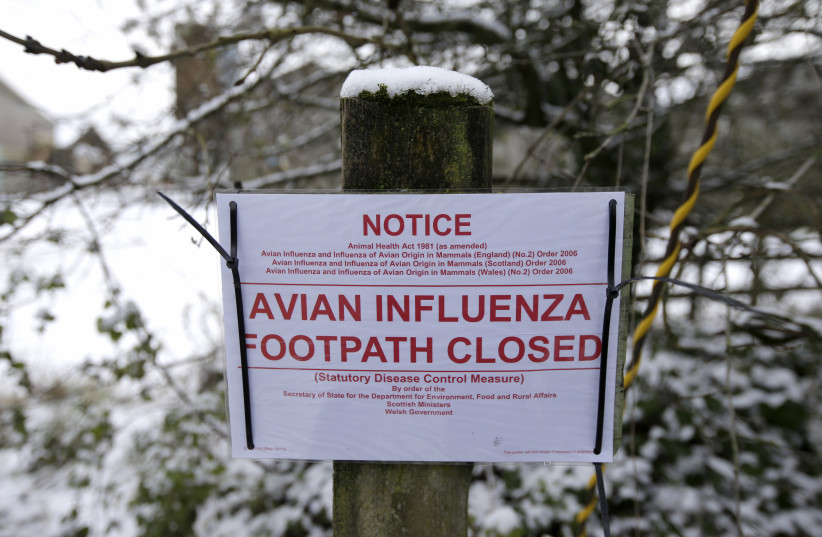The H5N1 subtype of highly pathogenic avian influenza has been found in more herds of cows and infected one human in the past week, although health officials say the risk to humans is still low.
The US Centers for Disease Control and Prevention (CDC) reported on Friday that a person who had exposure to infected cows in Texas was found to be infected with the H5N1 subtype, with conjunctivitis being their only symptom. The infected person was treated with a flu antiviral drug and is recovering at home.
It is unclear how the person was infected, but if they were infected by exposure to an infected cow, it would be the first recorded case of transmission from a cow to a human.
The CDC stressed that the overall human health risk of the bird flu remains low. Preliminary analysis of genetic sequences of the virus shows they still are not well adapted to humans. One change was found in the genetic sequence, although the CDC explained that the finding is not uncommon and is not associated with an increased ability to spread between humans.
The CDC recommended that people avoid unprotected exposure to sick or dead animals or to animal poop, bedding, raw milk, or materials touched by sick animals.

During an online meeting held by the USDA, the World Organisation for Animal Health (WOAH), and the United Nations’s Food and Agricultural Organization (FAO) on Thursday, scientists from the USDA noted that the virus may not be spreading directly between cows and may instead be spreading on milking equipment, the people taking care of the milking, or both, according to Science magazine.
The virus may be transmitted in milk droplets on workers' clothing or gloves or on the suction cups used for milking, according to the scientists.
Meanwhile, Richard Webby, a virologist at St Jude Children's Research Hospital, told NPR on Thursday that "it's hard to explain exactly what's going on without some degree of mammal-to-mammal spread."
"This particular version of the H5N1 virus is teaching us that some of the things we thought we knew about flu were wrong," said Webby.
Infected cows found in six states
So far, infected cows have been found in six states, including Texas, Idaho, Kansas, Ohio, New Mexico, and Michigan.
The Texas Department of State Health Services told the Center for Infectious Disease Research and Policy at the University of Minnesota last week that three cats were also found to have fallen ill due to the bird flu on the affected farms.
Cases of bird flu infecting dairy cows were first reported by US health officials early last week. Those cases were the first-ever recorded instances of the bird flu infecting dairy cows. Dead wild birds were also found at some of the farms.
The USDA noted in its announcements about the infections that the affected milk has been destroyed and that the pasteurization process should destroy bird flu viruses in milk regardless. The FDA recommends against consuming unpasteurized, raw milk.
Outbreaks of bird flu continue to spread across the globe
Outbreaks of avian influenza have been increasingly reported in mammals as the virus has continued to spread around the world in the past few years.
Since 2021, Europe and the Americas have been suffering from a nearly continuous outbreak of H5N1 avian influenza, which has been described as "the largest-ever" on the three continents. The virus has affected tens of millions of birds and thousands of mammals worldwide. Outbreaks of the virus have also become more common in Africa and Asia in the past year and have even spread to Antarctica in recent months.
The World Organization for Animal Health (WOAH) noted in March that, while estimates vary, about 485 bird species and 37 mammal species have been infected with avian influenza since 2021. Only the Pacific Islands, Australia, and New Zealand have been spared from the virus.
“The loss of wildlife at the current scale presents an unprecedented risk of wildlife population collapse, creating an ecological crisis,” noted WOAH.
